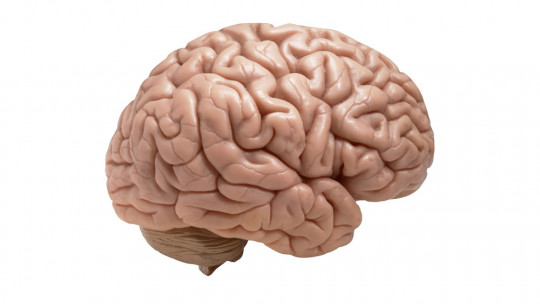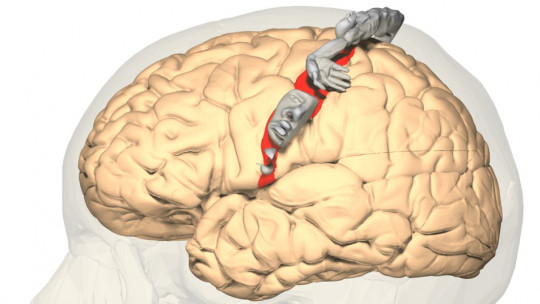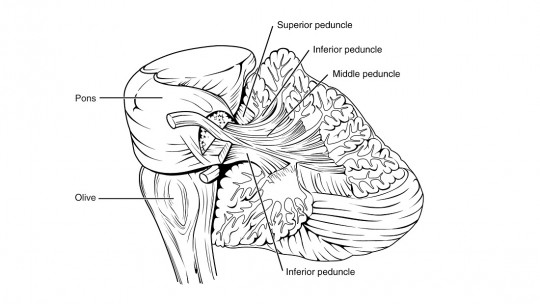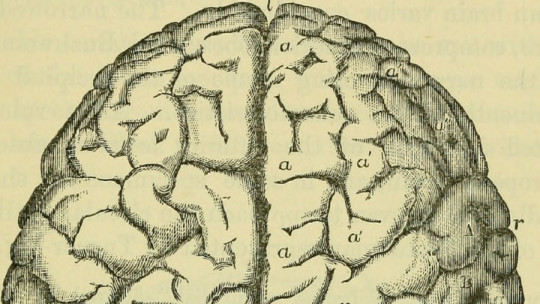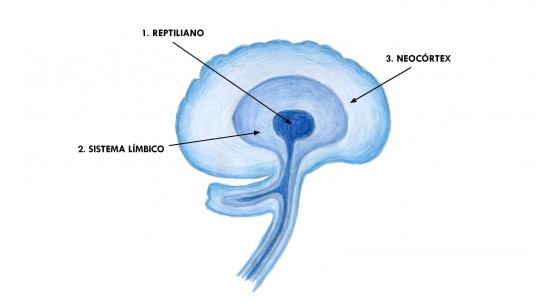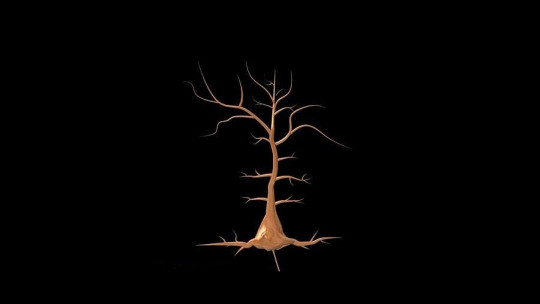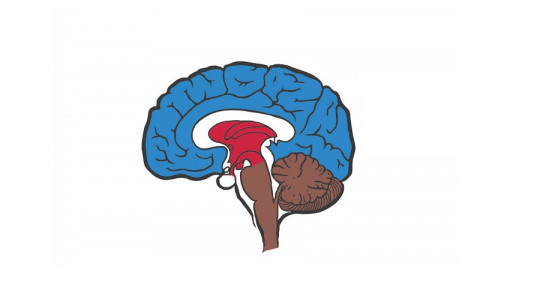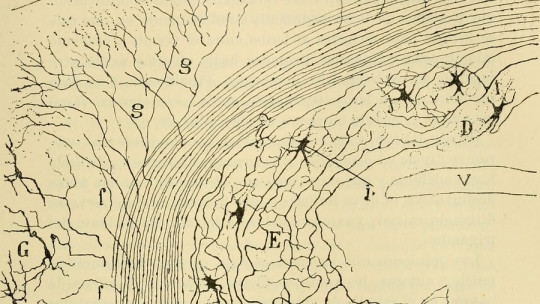As human beings, everything we feel, reason and perceive, as well as our ability to move and carry out any activity, has its origin in our brain.
Throughout this article We will talk about the cerebral cortex, as well as its layers and the different structures that make it up and the functions that each of them have.
What is the cerebral cortex?
The cerebral cortex refers to the outer layer of the brain. This layer It is made up of a thin film of nervous tissue that surrounds the surface of the cerebral hemispheres, with primates having a much more developed cerebral cortex than other animals.
Thanks to the correct functioning of the cerebral cortex, humans have the ability to perceive what happens and surrounds us, as well as to imagine, think, have the capacity for judgment and decision and, finally, the ability to understand and produce language.
Although, as explained above, the cerebral cortex is a thin layer of neurons and neuronal connections, it is not homogeneous, since this It is made up of six layers of cells and each of them with specific and specific functions.
Types of brain cortex
If we rely on both the structural and phylogenetic perspective of the cerebral cortex, three different classes of it can be differentiated. These are the following.
1. Archicortex
Evolutionarily speaking, it is the oldest part of the cerebral cortex. Formed by the hippocampus, the archicortex is responsible for those automatic responses and physiological mechanisms responsible for survival
2. Paleocortex
Phylogenetically, the paleocrust is halfway between the most primary areas of the cerebral cortex and the most evolved This type of cortex houses the endings of the olfactory pathways, where the olfactory brain of people is found.
3. Isocortex or neocortex
It is the most recent area of the crust, and the one in charge of the reasoning and abstract thinking processes These regions of the central nervous system receive input from very varied structures, and integrate this information to give way to general concepts.
The layers of the cerebral cortex
As mentioned above, The cerebral cortex is made up of different layers of neuronal tissue known as gray matter. Each of these layers has a different functional specialization and has originated at a different moment in human evolution.
This means that, throughout our evolution and development as human beings, these layers have been increasing in quantity, which has implied a powerful development of our cognitive and intellectual abilities compared to other animal species.
These layers are as follows.
1. Molecular layer
The molecular layer is the most external, and therefore most recent in origin, of all the strata of the cerebral cortex.
Also known as plexiform layer is essentially a synaptic layer formed by a thick network of neuronal fibers.
2. External granular layer
The second layer that makes up the cerebral cortex is the external granular layer. This is made up of a large number of small stellate and pyramidal cells
The axons of this layer infiltrate the molecular layer, entering more submerged areas of the cerebral cortex, coupling with different areas of the cortex.
3. Outer pyramidal layer
The outer pyramidal layer It gets its name from the type of cells that make it up: pyramidal cells These cells direct their axons to other areas of the cortex and to other subcortical destinations in the form of projection, association and commissural fibers.
4. Inner granular layer
This layer is essentially formed by a compact mass of stellate cells, most of which receive afferents from the thalamus area. These fibers arranged horizontally They are known as Baillarger’s outer band
5. Internal pyramidal layer, or ganglionic layer
This fifth layer involves a large number of medium and large pyramidal cells, as well as stellate and Martinotti cells Its horizontally arranged filaments also make up part of the internal Baillarger band.
6. Multiform or polymorphic layer
The last of these layers is formed by spindle-type cells which send information to the cortex, the thalamus and the striatal nuclei. In addition, it also includes pyramidal cells with a triangular or ovoid body.
Its areas and functions
In addition to the types of bark and the layers that make it up, The cerebral cortex can be divided according to its different functional areas That is, according to the functions or tasks carried out in each of these areas.
Taking this classification into account, the cerebral cortex can be divided into sensory, motor or association areas.
1. Sensitive areas
The sensory area receives sensory information from specific nuclei of the thalamus. This information is sensitive in nature which means that it carries the information perceived by the different senses: sight, hearing, smell, touch, taste…
This same area can also be divided into two different sensitive areas. The primary sensory area, which has direct connections with peripheral sensory receptors; and the secondary sensory and association areas, which receive sensory information from both the primary association area and the lower areas of the brain.
The objective of the different association zones, both primary and secondary, is to create patterns of recognition and behavior through the assimilation of sensory information. These sensitive areas of the cerebral cortex are:
2. Motor area
The areas in charge of the brain mechanisms associated with body movement are located in the anterior portion of both hemispheres, that is, in the frontal lobe. In the motor area, descending motor processes originate from the cerebral cortex to the motor neurons of the trunk and the spinal cord.
Within this region we find two essential areas for our operation:
3. Association area
Finally, the areas of association are those that make possible the existence of the more complex and abstract mental functions such as memory and cognition mechanisms, mastery of emotions, the ability to reason, and will. In addition, they also have an influence on the development of personality and intelligence.
- Related article: “Associative cortex (brain): types, parts and functions”
- Horton, J.C.; Adams, D. L. (2005). The cortical column: a structure without a function. Philosophical Transactions of the Royal Society of London. Series B, Biological Sciences. 360(1456): pp. 837 – 862.
- Moerel M, De Martino F, Formisano E (2006). An anatomical and functional topography of human auditory cortical areas. Front. Neurosci. 8(225): 225.
- Noback, CR; Strominger NL; Demarest, R.J. Ruggiero, D. A. (2005). The Human Nervous System: Structure and Function (Sixth ed.). Totowa, NJ: Humana Press. ISBN 1-59259-730-0.
- Zuluaga, JA (2001). Neurodevelopment and stimulation. Madrid: Pan-American Medical.

